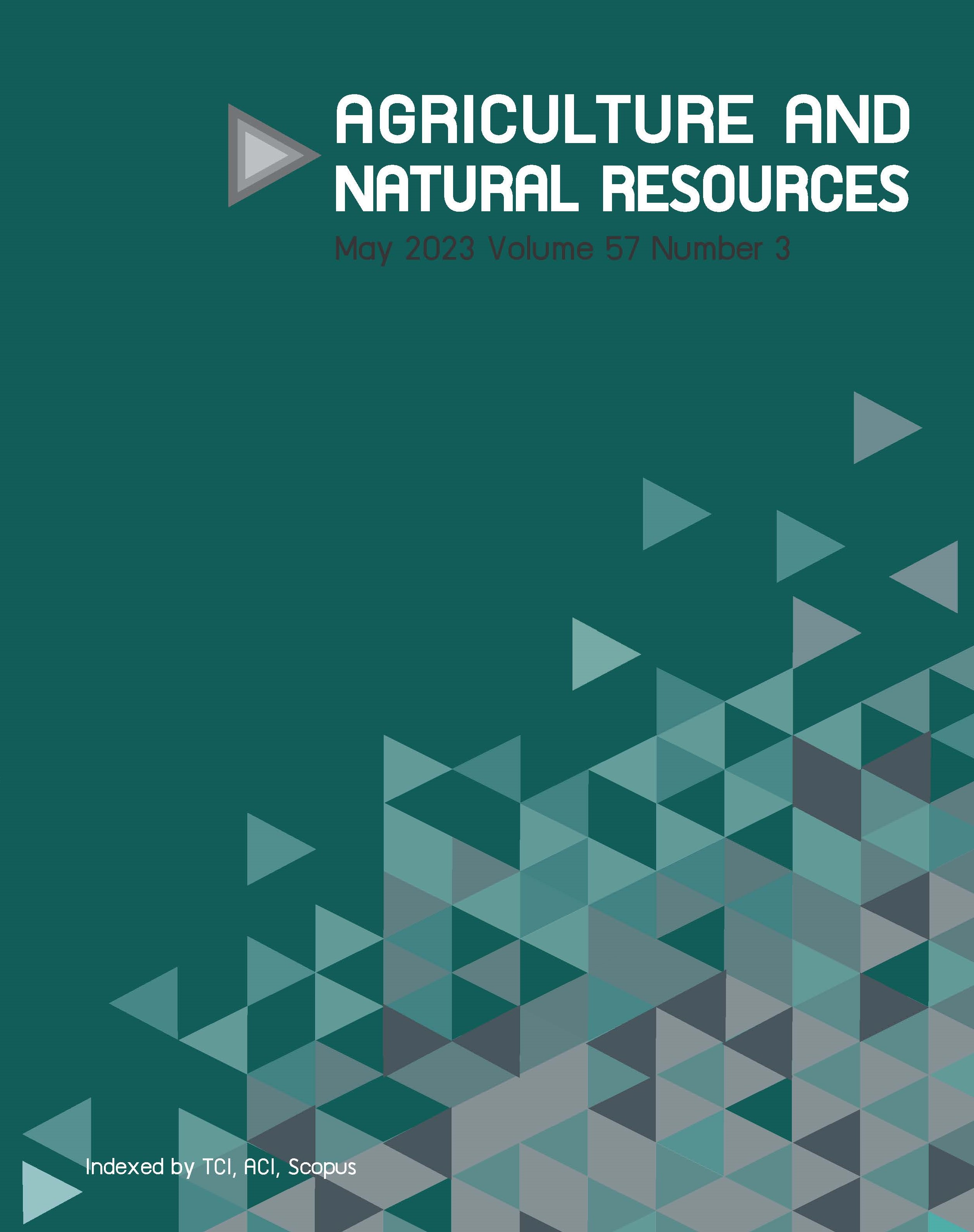Field efficacy of aqueous extracts of Artemisia annua, Commelina benghalensis and Euphorbia hirta on rice growth, yield and brown spot disease incidence
Keywords:
Botanical fungicide, Brown spot disease, Euphorbia hirta, Oryza sativa L, YieldAbstract
Importance of the work: Brown leaf spot disease is one of the major causes of yield losses in rice production in Cameroon.
Objectives: To evaluate the bioactivity of aqueous extracts of three Cameroonian medicinal plants on rice growth, yield and brown spot disease incidence.
Materials & Methods: Plant extracts were tested at two doses (1 kg/15 L and 2 kg/15 L sprayed), while water and Mancozeb were used as negative and positive controls, respectively, in a split plot design made up of two factors (variety and plant extract). The varieties were NERICA 8, NERICA L56, Long grain red rice and Toukbem.
Results: NERICAs 8 and L56 (exotic) and, Toukbem (local) varieties had the highest number of leaves and tillers while Toukbem had the highest plants and leaf area at 9 wk after transplanting. The numbers of leaves (31.3) and tillers (9.7) were significantly (p < 0.05) higher in plants treated with Euphorbia hirta extract at 67 g/L compared to Artemesia annua and Commelina benghalensis extracts. Brown spot severity was lower with E. hirta at 134 g/L (30%) and not significantly different to Mancozeb (23.6%). The NERICA L56 × E. hirta interaction at 134 g/L had the highest yield (5.8 t/ha) compared to the NERICA L56 × Mancozeb (6.1 t/ha) interaction. Chemical
analysis of the E. hirta aqueous extract showed the presence of known bioactive compounds.
Main finding: Field application of aqueous extract of E. hirta at 134 g/L could be used as a bioagent for rice brown spot management. The formulation of a natural product with this extract is necessary for large-scale field applications.
Downloads
Published
How to Cite
Issue
Section
License
Copyright (c) 2023 Kasetsart Universityonline 2452-316X print 2468-1458/Copyright © 2022. This is an open access article under the CC BY-NC-ND license (http://creativecommons.org/licenses/by-nc-nd/4.0/),
production and hosting by Kasetsart University of Research and Development Institute on behalf of Kasetsart University.







